Right now you can create amazing original art and imagery with the many AI Apps, and you can create this from just word prompts. AI can not only imagine it, but it can create high end artistic images and hyper-real photographs, and you can be sure that cinematic films are on the way if they are not here yet. Already the technology is mind boggling and soon we will have super intelligent AI which is predicted to be a billion times smarter than the AI we have now.
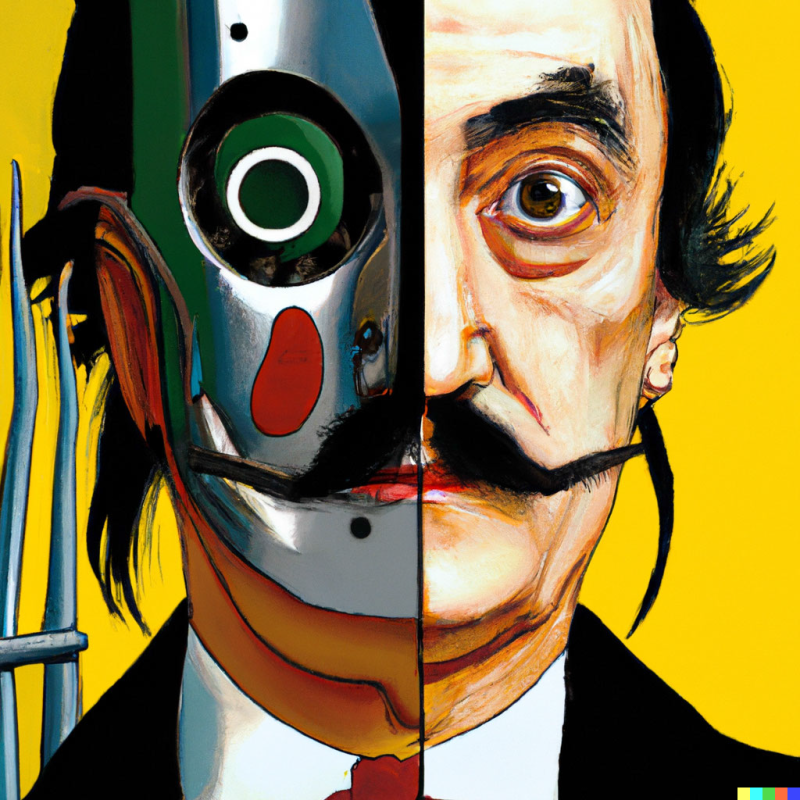
Many creative people in this area are worried what will happen to their livelihoods and intellectual property rights and protections.
Many artists and photographers have expressed concerns about the impact of new AI image-making tools like DALL-E on their profession and on the art world as a whole.
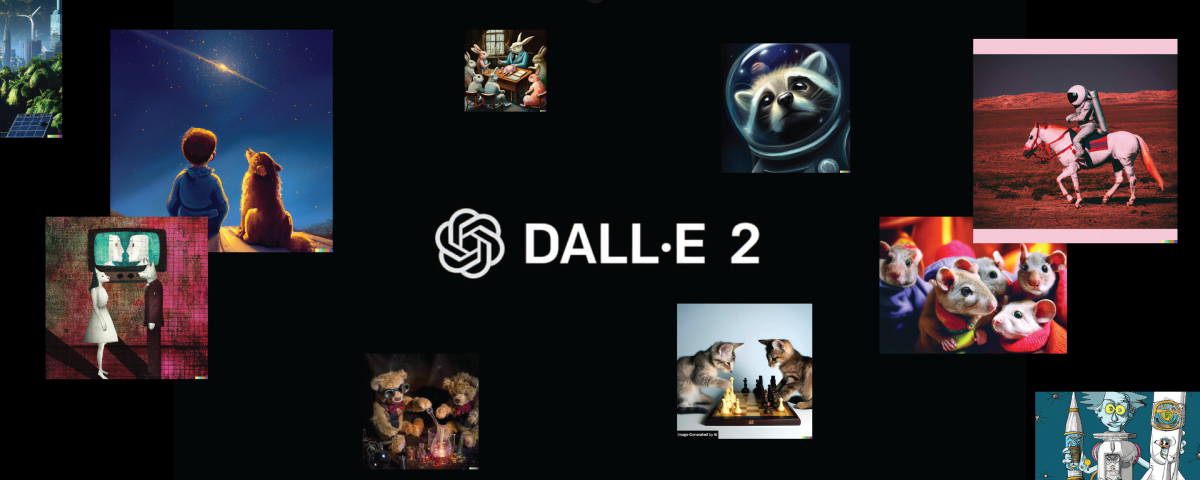
Some of the key concerns being made include:
1. Devaluation of the artistic process:
Some artists feel that AI-generated images devalue the artistic process by making it too easy to create images that are visually impressive. They worry that this will reduce the value of human creativity and make it harder for artists to earn a living from their work. Soon AI created art will be available faster, cheaper, easier and maybe even more original that art created by a humans brain. When you have Intelligence and creativity billions of times that of the best living artist it’s hard to imagine what will be possible.
2. Copyright and ownership:
As mentioned earlier, there are concerns about how intellectual property laws will be applied in the context of AI-generated images. Some artists worry that they will not be able to protect their own work from unauthorised use, and that AI-generated images could be used to create derivative works that infringe on their rights. See the ‘Warhol Ruling’ discussed later in this piece.
3. Lack of originality:
Some artists argue that AI-generated images lack the originality and individuality that is characteristic of human creativity. They worry that this could lead to a homogenisation of visual culture, where all images start to look the same.
That to me is an argument that seems to lack any knowledge of how powerful AI will be, and the kind of art it will be able to produce.
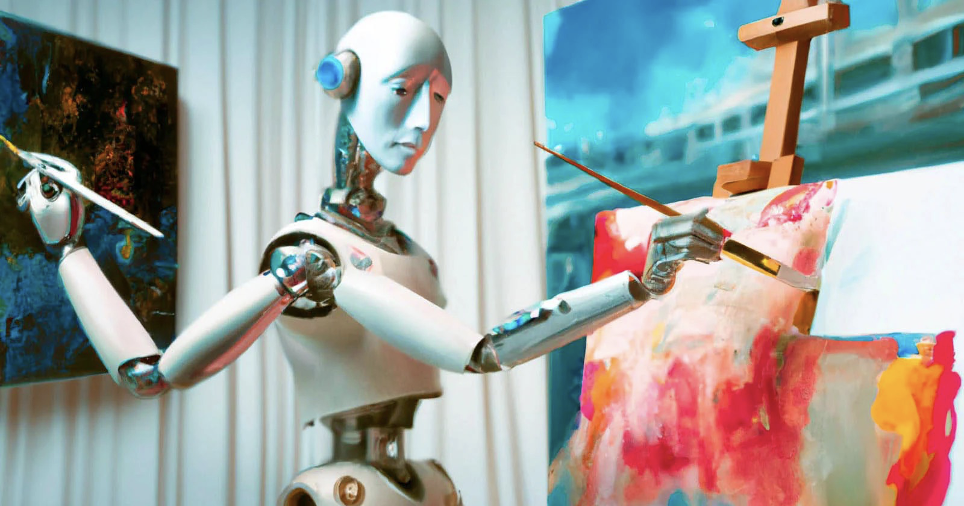
4. Ethical concerns:
There are also ethical concerns around the use of AI in image-making. For example, some worry that AI-generated images (Deepfake style) could be used to create deceptive or misleading content, or to perpetuate harmful stereotypes or biases, but to be honest we are already in that situation.
Overall, many artists and photographers feel that AI image-making tools like DALL-E represent a potential threat to their profession and to the broader art world. Included in this collective are painters, illustrators, cartoonists, anime artists, animators, CGI people, filmmakers, photographers, retouchers, models, stylists, hair and make up artists, art galleries, auction houses, art buyers and collectors and many other related workers. Basically everyone who works with visuals.
But there are also many who see the potential benefits of these tools and are exploring ways to incorporate them into their work.
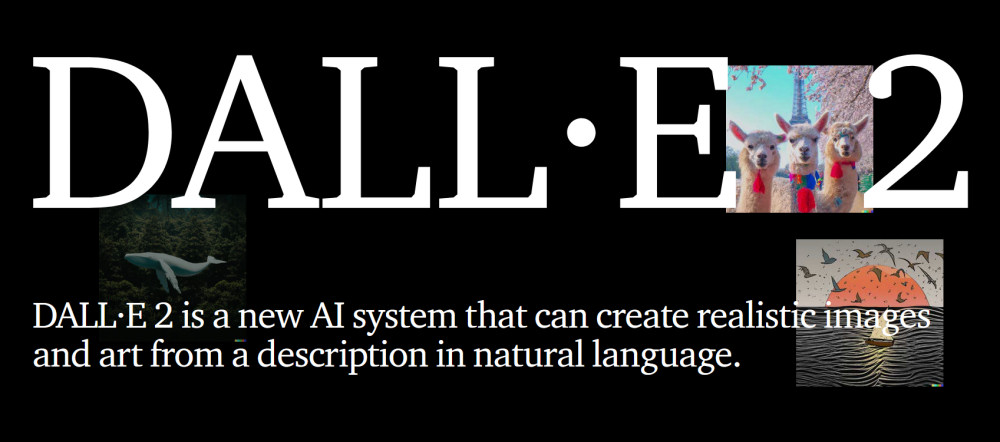
There are already a lot of Apps in the image creation space, but DALL-E might be the best right now.
Using the DALL-E image generator is ridiculously easy. There’s no installation process, nor even need to download another app. OpenAI has a web-based version to do pretty much everything you need, including the current viral trend of expanding art.
DALL-E is a powerful AI model developed by OpenAI that can generate unique images from textual descriptions. While it has many potential applications in art and design, some artists and creators are concerned about how intellectual property laws will be applied in the context of DALL-E AI-generated images.
One of the main concerns is that it may be difficult to determine who owns the copyright to an AI-generated image. In traditional copyright law, the creator of an original work is generally considered to be the owner of the copyright. However, with AI-generated images, the question of who the “creator” is becomes more complicated. Is it the person who wrote the text description that the AI used to generate the image? Is it the AI itself? Or is it the company or organisation that owns the AI model? The work is definitely an original artwork.
Another concern is that AI-generated images could be used to infringe on the copyright of existing works. For example, someone could use DALL-E to generate an image that closely resembles an existing work of art, and then claim that it is a new creation. Alternatively, someone could use DALL-E to generate an image that includes copyrighted material (such as a trademarked logo), and then use that image in a way that infringes on the owner’s rights. Perhaps the ‘Warhol Ruling’ in copyright law will be revisited.
Overall, the concern is that current intellectual property laws may not be sufficient to address the unique challenges posed by AI-generated images. As a result, artists and creators may need to be vigilant about protecting their rights in this area, and lawmakers may need to consider updating intellectual property laws to reflect the changing technological landscape.
THE ANDY WARHOL ART RULING ON INTELLECTUAL PROPERTY AND COPYRIGHT
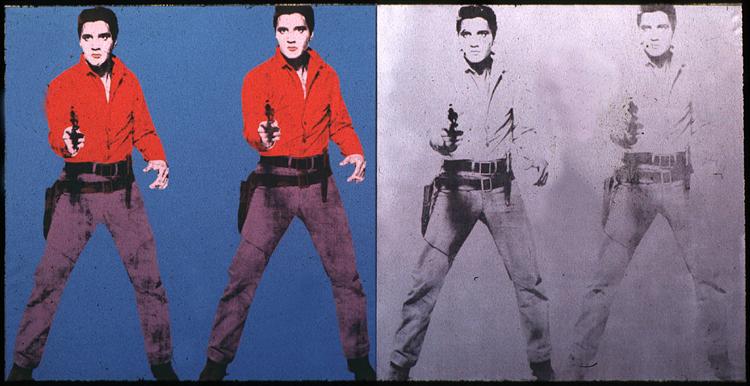
The “Andy Warhol ruling” refers to a legal case that centered around the question of whether Andy Warhol’s artworks based on a photograph of the musician Prince constituted fair use or copyright infringement. The case, officially known as The Andy Warhol Foundation for the Visual Arts, Inc. v. Goldsmith, was decided by the United States Court of Appeals for the Second Circuit in 2021.
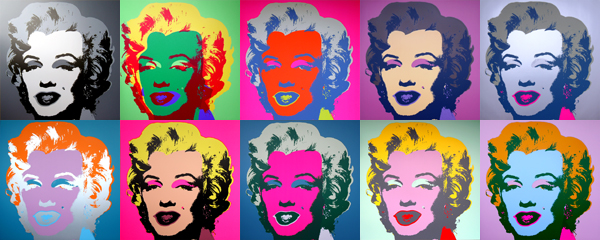
The case involved a series of Warhol artworks created in the 1980s that were based on a photograph taken by Lynn Goldsmith of Prince in 1981. Goldsmith argued that Warhol’s use of her photograph without her permission constituted copyright infringement, while the Warhol Foundation argued that the artworks were transformative and therefore constituted fair use.
The court ultimately sided with the Warhol Foundation, ruling that the artworks were indeed transformative and therefore constituted fair use. The court noted that Warhol had transformed the original photograph into a new work of art that had a different purpose and meaning than the original photograph. The court also noted that Warhol’s use of the photograph was not a market substitute for the original photograph, and that the artworks did not harm Goldsmith’s ability to exploit her own photograph.
The ruling has been seen as an important precedent for the use of copyrighted material in art, as it affirmed the importance of transformative use in determining whether a work constitutes fair use. However, it is important to note that the ruling was specific to the facts of the case and does not provide a blanket exception for all uses of copyrighted material in art. Each case must be evaluated on its own merits. But on first examination, if “Andy Warhol ruling” was to stand with AI created art, then artists and creators may well find themselves in a very different world.
Subscribe to FIB’s Weekly Breaking News Report for your weekly dose of music, fashion and pop culture news!







